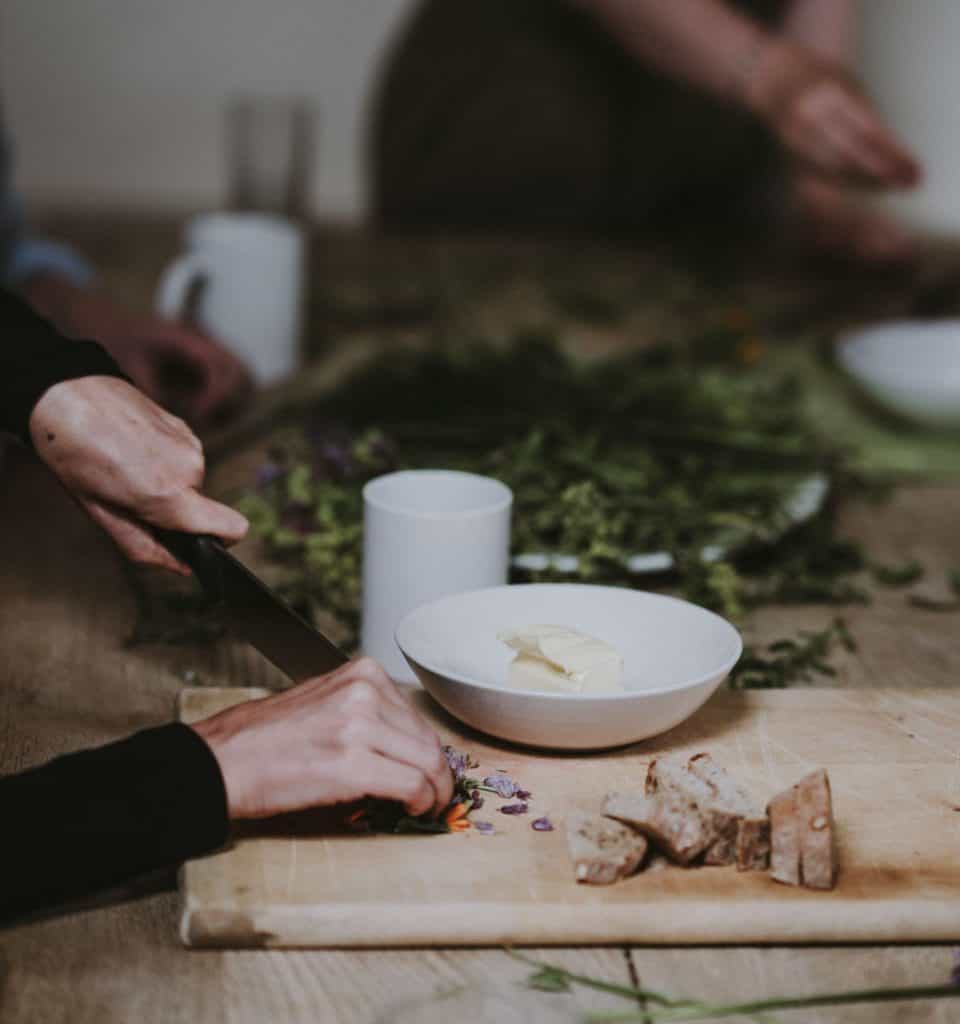
Safe food preparation is essential. Children are typically more vulnerable to food borne illnesses than adults so it's important to get into good habits in the kitchen. That way your children will also get used to seeing food prepared the right way, and will do the same when helping you in the kitchen and eventually making their own food.
Food Contaminants
- Biological: bacteria, viruses, parasites, toxins from other food
- Chemical: pesticides, kitchen cleaning agents
- Physical: dirt, glass, hair, pests
Potential Food Risks and Possible Solutions
The risk of you getting sick from that medium-rare steak or your fried egg with the perfectly runny yolk is very low. But if you're feeding your child it's best not to take any chances while their immune and digestive systems are still developing.
| Type of Food | Risk | Solution |
| Dairy | Raw / un-pasteurized milk: Campylobacter, E. Coli, Listeria, Salmonella, S. aureus | Use pasteurized milk products |
| Meat / poultry | Raw / undercooked meat and poultry: E. Coli, Salmonella, Listeria, S. Aureus, Campylobacter, Toxoplasma gondii | Ensure food is fully cooked |
| Egg products | Raw / undercooked eggs or products that contain raw eggs (salad dressings, pastry, cakes, dips, drinks): Salmonella, S. Aureus | Use fully cooked eggs or avoid recipes requiring raw eggs |
| Fish / seafood | Raw seafood: Vibrio, Listeria | Ensure food is fully cooked |
| Fruit juices | Un-pasteurized fruit juices: E. coli | Buy pasteurized juices or boil and cool them before drinking |
| Sprouts | Raw sprouts (alfalfa, clover, radish, bean sprouts): E. coli, Salmonella | Sprouts should be fully cooked |
| Honey | In any form until the age of 1 year can cause botulism: C. botulinum | Wait for the child to be at least 1 year old |
Guidelines for Kitchen Safety
Preparation
- Avoid eating foods from damaged packages
- Wash your hands before preparing food and after touching any raw meat, poultry, eggs or fish
- Clean your work space
- Use separate cutting boards and cooking utensils for meat/poultry vs. fruits/vegetables
Animal Products
- Choose organic meat whenever possible – meat raised without antibiotics/hormones, raised on feed without pesticides
- Defrost food in the fridge, not on the counter
- Fully cook any meat, poultry, eggs and fish – keep all the medium-rare steak and sushi to yourself for now
- Always choose pasteurized milk and dairy products
- Cooked food should be left at room temperature for no more than 2 hours, in the fridge for no more than 2-3 days, otherwise freeze in an airtight container/ziplock bag
- Reheat defrosted cooked food to at least 75ºC/165ºF
Fruit and Veg
- Choose organic whenever possible – food grown without artificial fertilizers and/or pesticides
- Wash all fruit and vegetables thoroughly in water, even if you're peeling them
Resources
- Rowe G, Bolger F. (2016) Final report on the „identification of food safety priorities using the Delphi technique“. EFSA Journal. 13(3):1-139.
- European Commission. Regulation (EC) No. 2073/2005 of 5 November 2005 on microbiological criteria for foodstuffs. Official Journal of the European Union 2005; L338; 1-26.
- WHO: Five keys to safer food manual. 2006.
